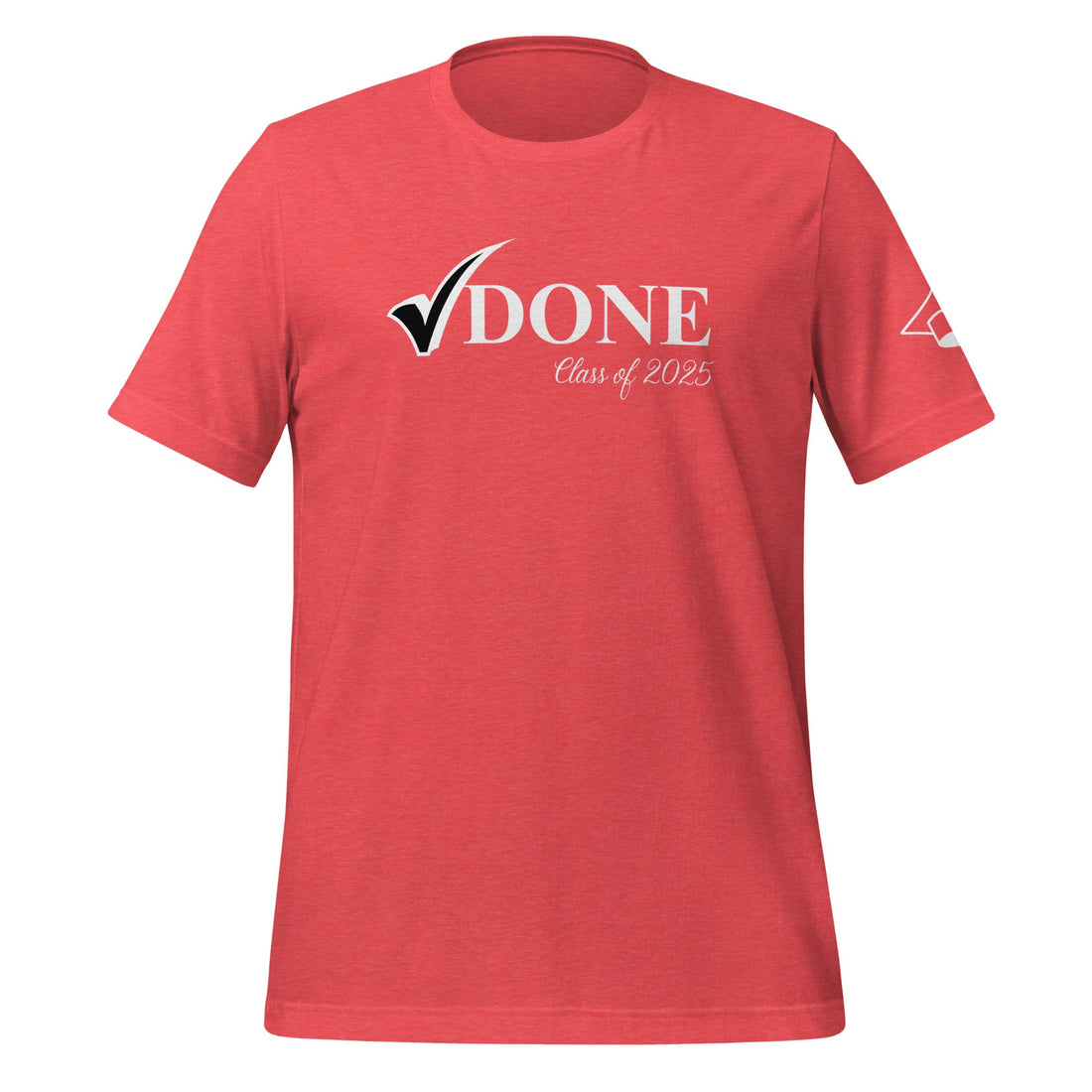
How T-Shirts Are Made: From Cotton Fields to Your Closet
Share
1. Harvesting the Cotton
The journey begins in the cotton fields. Cotton is the most commonly used material in T-shirt production due to its softness and breathability. Cotton plants are grown in warm climates around the world, including the United States, India, China, and Brazil.
When the cotton is ready, it's harvested—either by hand or machine—and sent to a cotton gin. This machine separates the fluffy cotton fibers from the seeds, a process that’s been mechanized since the 18th century. The cleaned fibers are then compressed into large bales for transport to textile mills.
2. Spinning the Yarn
At the textile mill, the cotton fibers go through a process called carding, which disentangles and aligns them into a soft, thin web. This web is then spun into yarn using high-speed machines. In some cases, synthetic fibers like polyester are blended with cotton to make a fabric that’s stretchier, more durable, or moisture-wicking.
This yarn is then wound onto spools, ready to be knit or woven into fabric. For T-shirts, a knitting method called jersey knitting is commonly used. It creates a stretchy, soft fabric that lies flat and is comfortable against the skin.
3. Knitting or Weaving the Fabric
The yarn is fed into knitting machines that create long sheets of jersey fabric. These machines work quickly and can produce large volumes of material in a short period of time. After knitting, the fabric is inspected for flaws and then rolled into large bolts.
Next, the fabric goes through a process of scouring and bleaching to clean and whiten it. At this stage, it can also be dyed in various colors depending on the desired final product. Some T-shirts are dyed after they’re sewn, while others are colored during the fabric stage.
4. Cutting the Fabric
Once the fabric is dyed and dried, it’s laid out in layers and cut into the different pieces that make up a T-shirt—typically the front, back, sleeves, and neckband. This cutting process can be done manually using patterns or with automated cutting machines programmed with digital templates.
Precision is key here. Consistent shapes ensure that every T-shirt looks and fits the same. Cutting rooms often stack multiple layers of fabric to increase efficiency, slicing through dozens of T-shirts' worth of material in one go.
5. Sewing the T-Shirt
The cut pieces are then sent to a sewing station where skilled workers or automated machines stitch them together. The process typically starts with attaching the shoulder seams, followed by adding the sleeves, closing the sides, and finishing with the hem and neckline.
Reinforcement stitching is often added in high-stress areas like the collar and shoulders to prevent the garment from stretching out over time. Each completed T-shirt is carefully inspected for quality and trimmed of any loose threads.
6. Printing and Labeling
If the T-shirt includes graphics, logos, or slogans, it’s sent to a printing department. There are several methods for applying designs, including:
-
Screen Printing – ideal for bold, vibrant designs in bulk
-
Heat Transfer – uses heat to press designs onto fabric
-
Direct-to-Garment (DTG) Printing – prints images directly onto the shirt using inkjet technology
After printing, the T-shirts are cured using heat to set the ink. Labels and tags are then added—either sewn in or printed directly on the fabric for a tagless look.
7. Finishing Touches and Packaging
Before the T-shirts head to stores or online warehouses, they go through final quality checks. This includes verifying stitching, design placement, and overall fit. Once approved, the T-shirts are folded, packed, and shipped to retailers around the world.
A Simple Garment, a Global Effort
While a T-shirt might seem like a basic item, its production involves multiple steps and a vast network of workers, machines, and logistics. From cotton farmers and textile workers to graphic designers and factory seamstresses, many hands touch each T-shirt before it reaches you.
Understanding the process not only gives us a greater appreciation for the clothes we wear but also encourages more conscious shopping, supporting ethical brands and sustainable practices where possible.
So the next time you pull on your favorite tee, remember: it’s more than just fabric—it’s the result of a global journey stitched together with care.
